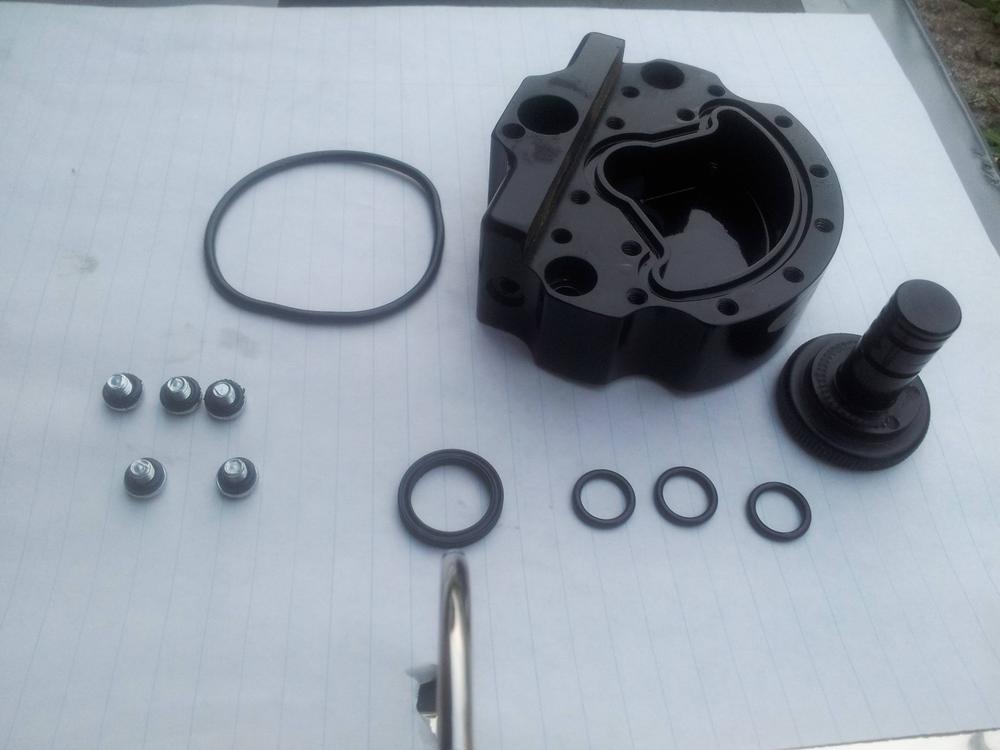Joined Jan 2015
277 Posts | 157+
Winnipeg, Canada
GPR V1 Stabilizer, GPR Stabilizer
Hello,
I have a V1 Stabilizer that I am rebuilding. In case anyone else has one and is going to rebuild it, this may help.
There are 10 o-rings in there. It's a very simple system actually. Just a plunger that pushes fork oil from one side to the other. As you turn the dial, the channel through which the oil flows decreases in size, creating more resistance.
O-rings:
x5 - McMaster-Carr - 1/16" 006 (1/8" ID)
x1 - McMaster-Carr - 3/32" 136 (2" ID)
x3 - McMaster-Carr - 1/16" 012 (3/8" ID)
x1 - McMaster-Carr - 114 x-profile (5/8" ID)
I forgot to photo the plunger (the side-to-side moving device that pushes the oil). It looks like a pinball machine flipper/plunger.

Hello,
I have a V1 Stabilizer that I am rebuilding. In case anyone else has one and is going to rebuild it, this may help.
There are 10 o-rings in there. It's a very simple system actually. Just a plunger that pushes fork oil from one side to the other. As you turn the dial, the channel through which the oil flows decreases in size, creating more resistance.
O-rings:
x5 - McMaster-Carr - 1/16" 006 (1/8" ID)
x1 - McMaster-Carr - 3/32" 136 (2" ID)
x3 - McMaster-Carr - 1/16" 012 (3/8" ID)
x1 - McMaster-Carr - 114 x-profile (5/8" ID)
I forgot to photo the plunger (the side-to-side moving device that pushes the oil). It looks like a pinball machine flipper/plunger.

Last edited:



